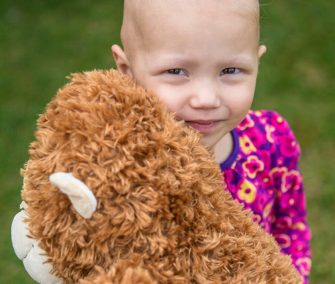Please wait...
10 children and young people are still being diagnosed every day in the UK.
We are entirely reliant on generous supporters like you.

Newsletter Signup x
10 children and young people are still being diagnosed every day in the UK.
We are entirely reliant on generous supporters like you.
